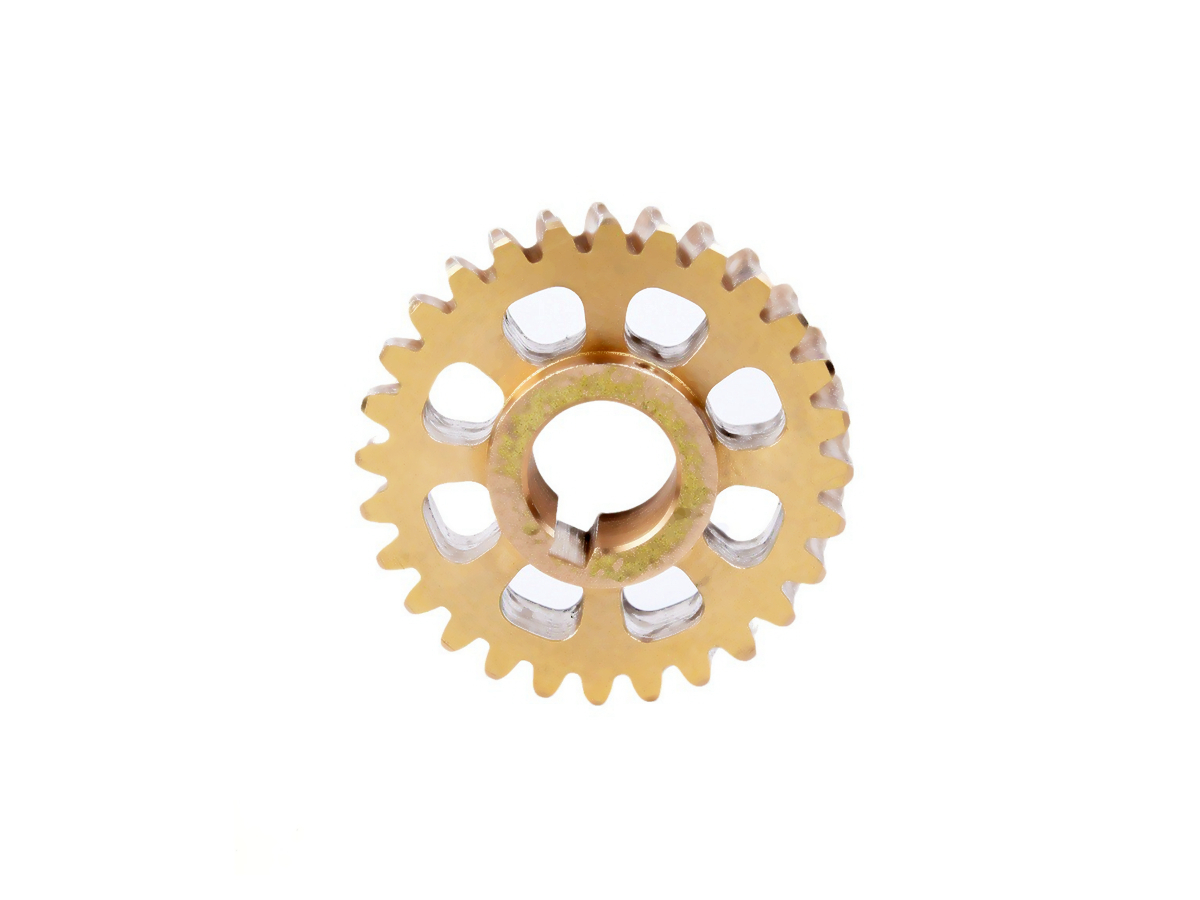Copper Brass CNC Rapid Prototyping for Quick Turnaround of Electrical Components
Introduction
CNC rapid prototyping of copper and brass provides manufacturers with a fast, precise solution for producing reliable, high-quality electrical components. Industries such as consumer electronics, automation, and industrial equipment frequently employ CNC prototyping techniques to quickly fabricate parts with tight tolerances (±0.005 mm accuracy), using alloys like Copper C110, Brass C360, and Copper C101 (Oxygen-Free).
CNC rapid prototyping accelerates the development cycle, enabling rapid validation and refinement of electrical components before transitioning to mass production.
Copper and Brass Material Properties
Material Performance Comparison Table
Alloy Type | Electrical Conductivity (% IACS) | Tensile Strength (MPa) | Yield Strength (MPa) | Density (g/cm³) | Applications | Advantages |
|---|---|---|---|---|---|---|
≥100 | 220-250 | 70-85 | 8.90 | Electrical contacts, terminals | Superior electrical conductivity, corrosion resistance | |
26-28 | 345-480 | 125-350 | 8.50 | Connectors, fittings | Excellent machinability, good mechanical strength | |
≥101 | 220-260 | 80-100 | 8.94 | High-performance conductors, precision electronic parts | Highest purity, minimal oxygen content | |
26 | 340-430 | 125-180 | 8.47 | Switch components, precision electronics | High machinability, suitable for precision parts |
Material Selection Strategy
Selecting the right copper or brass alloy for rapid CNC prototyping of electrical components involves considering electrical conductivity, machinability, and mechanical performance:
Copper C110: Ideal for components demanding maximum electrical conductivity (≥100% IACS) and excellent corrosion resistance, typically used for electrical terminals, connectors, and wiring systems.
Brass C360: Preferred for applications needing excellent machinability combined with good mechanical strength (up to 480 MPa tensile), widely used in connectors, fittings, and other precision electrical hardware.
Copper C101 (Oxygen-Free): Recommended for precision electronic applications requiring very high purity copper (≥101% IACS) with minimal oxygen content, ideal for sensitive electronic parts and high-performance conductors.
Brass C385: Optimal for precision switch components and electrical fittings due to its high machinability, stability, and adequate strength, suitable for intricate prototypes.
CNC Prototyping Processes for Copper and Brass Components
CNC Process Comparison Table
CNC Machining Process | Accuracy (mm) | Surface Finish (Ra µm) | Typical Uses | Advantages |
|---|---|---|---|---|
±0.005 | 0.4-1.6 | Complex electrical connectors | Versatile, precise shaping | |
±0.005 | 0.4-1.6 | Cylindrical pins, terminals | High precision, consistent results | |
±0.01 | 0.8-3.2 | Precise holes, threaded contacts | Efficient hole-making, rapid turnaround | |
±0.003 | 0.2-1.0 | Intricate electronic prototypes | High accuracy, complex geometries |
CNC Process Selection Strategy
Choosing the appropriate CNC prototyping method depends on complexity, accuracy requirements, and production speed:
CNC Milling: Best suited for intricate electrical components, allowing rapid production of complex geometries with tight tolerances (±0.005 mm), ideal for connectors and housings.
CNC Turning: Ideal for manufacturing precise cylindrical components such as electrical terminals and connector pins, ensuring high accuracy (±0.005 mm) and consistent surface finishes.
CNC Drilling: Recommended for quickly creating accurate holes (±0.01 mm) and threads, crucial for electrical contacts and mechanical fastenings.
Multi-Axis Machining: Essential for prototypes requiring complex multi-directional features, offering superior precision (±0.003 mm) and reducing production cycles.
Surface Treatments for Copper and Brass Components
Surface Treatment Comparison
Treatment Method | Surface Roughness (Ra µm) | Corrosion Resistance | Max Operating Temp (°C) | Applications | Key Features |
|---|---|---|---|---|---|
≤0.8 | Superior (ASTM B733) | 300 | Connectors, contacts | Enhanced conductivity, corrosion protection | |
≤1.0 | Excellent (ASTM A967) | 250 | Precision electronic parts | Improved corrosion resistance | |
≤0.4 | Superior (ASTM B912) | 200 | Precision components | Smooth surface, high conductivity | |
≤1.0 | Excellent (ASTM B545) | 150 | Electrical terminals, PCB connectors | Good solderability, corrosion protection |
Surface Treatment Selection Strategy
Surface treatments improve corrosion resistance, electrical conductivity, and durability of copper and brass prototypes:
Electroplating: Optimal for electrical connectors, providing enhanced corrosion protection, superior conductivity, and surface durability (ASTM B733 standards).
Passivation: Recommended for delicate electronic components, ensuring corrosion resistance and improving reliability (ASTM A967 compliance).
Electropolishing: Ideal for precision electrical components, achieving ultra-smooth surfaces (Ra ≤0.4 µm) and enhanced electrical performance.
Tin Plating: Preferred for electrical terminals and PCB connectors, offering excellent solderability, good corrosion protection, and maintaining conductivity (ASTM B545).
Quality Assurance Procedures
Dimensional Inspection: Precision measurement (±0.002 mm accuracy, ISO 10360-2).
Material Verification: Composition analysis according to ASTM B152 (Copper), ASTM B16 (Brass).
Surface Finish Assessment: Compliance with ISO 4287.
Electrical Conductivity Tests: Verification per ASTM E1004.
Corrosion Resistance Evaluation: ASTM B117 Salt Spray Test.
Visual Inspection: ISO 2768 standard compliance.
ISO 9001 Quality Management System: Ensuring consistent prototype quality and performance.
Key Industry Applications
Electrical terminals and connectors
Consumer electronics
Automation and robotics components
Precision electronic devices
Related FAQs:
Why choose copper and brass for CNC electrical prototypes?
Which CNC processes work best for copper brass prototypes?
What surface treatments improve copper brass components?
What quality standards apply to CNC copper brass prototyping?
Which industries commonly utilize copper brass rapid prototyping?

